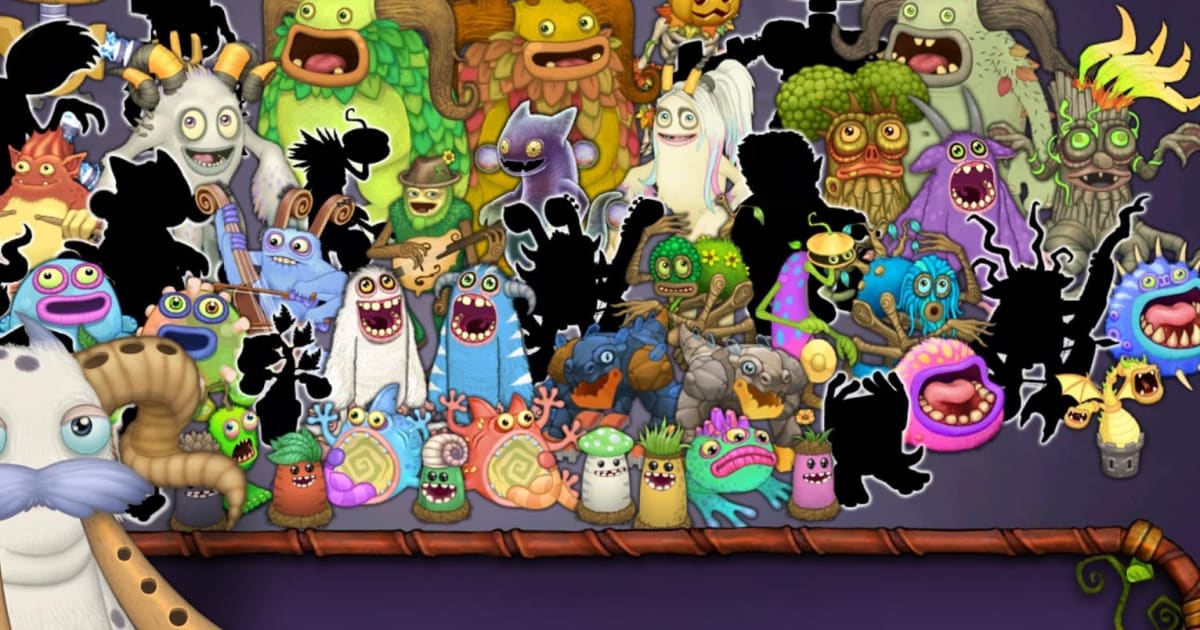My Singing Monsters Breeding Guide - An Overview of the Breeding System
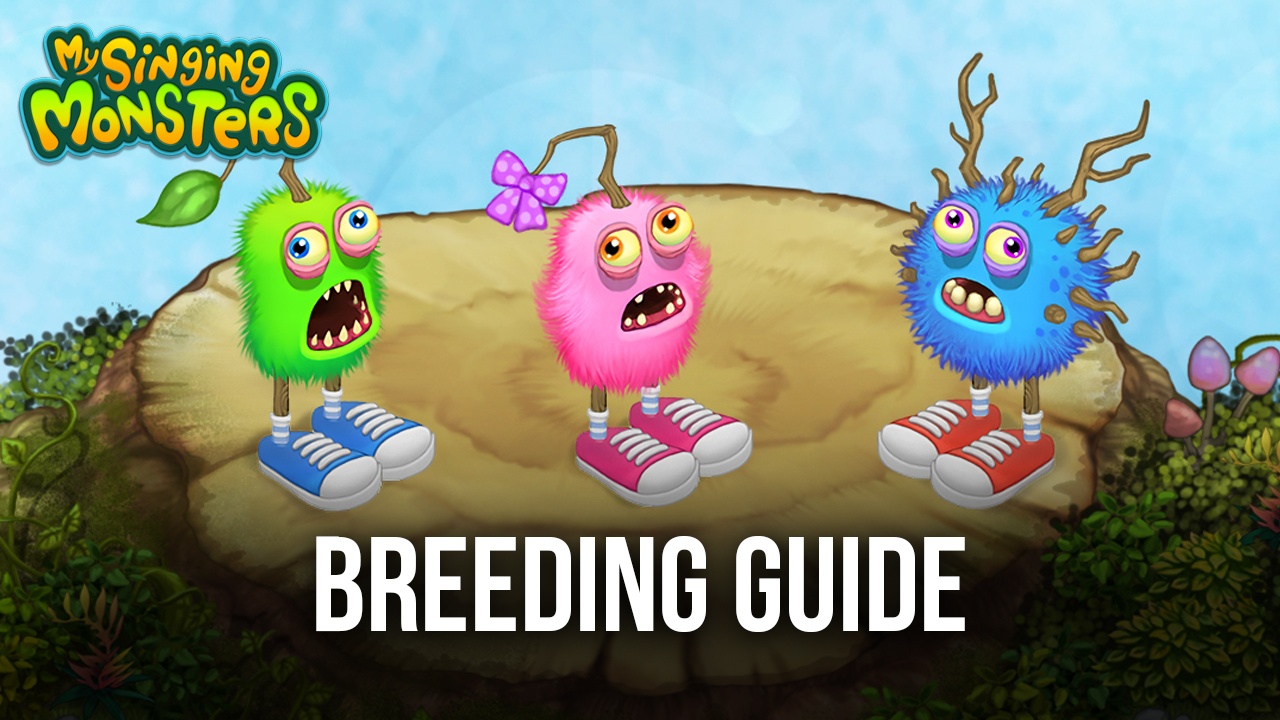
In My Singing Monsters, the objective is to populate a variety of islands with many different monsters, all of which use their bodies and voices to create beautiful and charming melodies—the more monsters you place, the fuller the music will get, to the point where your creatures will be blasting out full songs when you grow your collection enough.
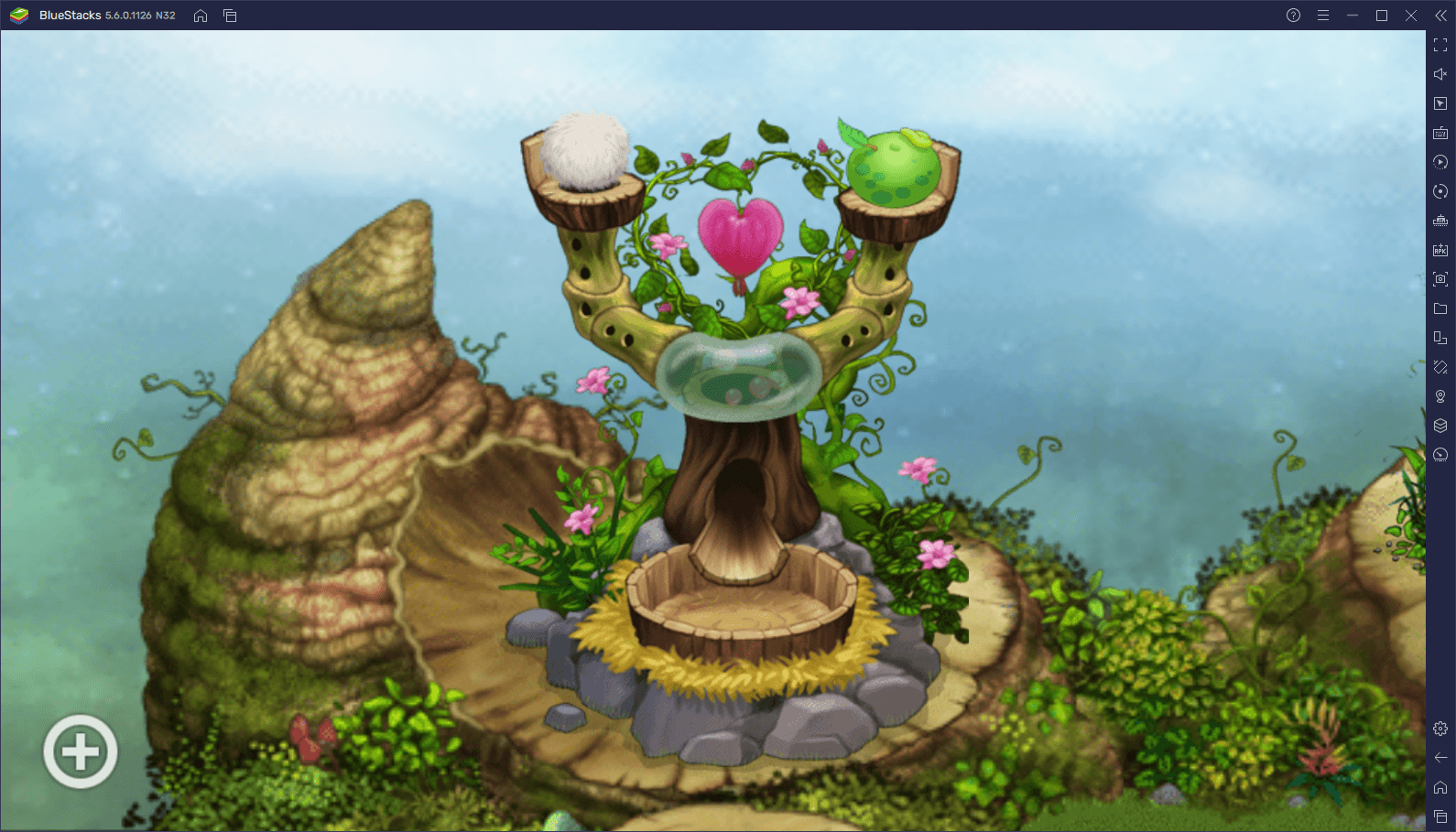
There are a few ways to add new monsters to your roster in My Singing Monsters, though they will often come down to just hatching them from eggs in your Nursery. To get these eggs, you can either breed your current monsters after they reach level 4; purchase the eggs directly from the store, or you can receive them by completing some goals. Nevertheless, as mentioned, the process itself always boils down to hatching them in your Nursery; what varies is where you get the eggs.
While purchasing eggs is great for the most basic species, receiving them from completing missions is often sporadic and unreliable. This leaves only breeding monsters as the primary way to obtain the best and rarest monsters in the game. And in this article, we’ll be giving a quick rundown on how this system works. If you’re a beginner just getting the grasp of things, this brief guide will serve as an introduction to the breeding system in My Singing Monsters.
How to Breed Monsters
Shortly after starting your game, after leveling up your account a bit, you’ll be able to interact with the Breeding Structure, which is situated to the far back of your base in Plant Island, to the left of your Castle. This building is where you’ll go to combine your monsters and have them lay eggs.
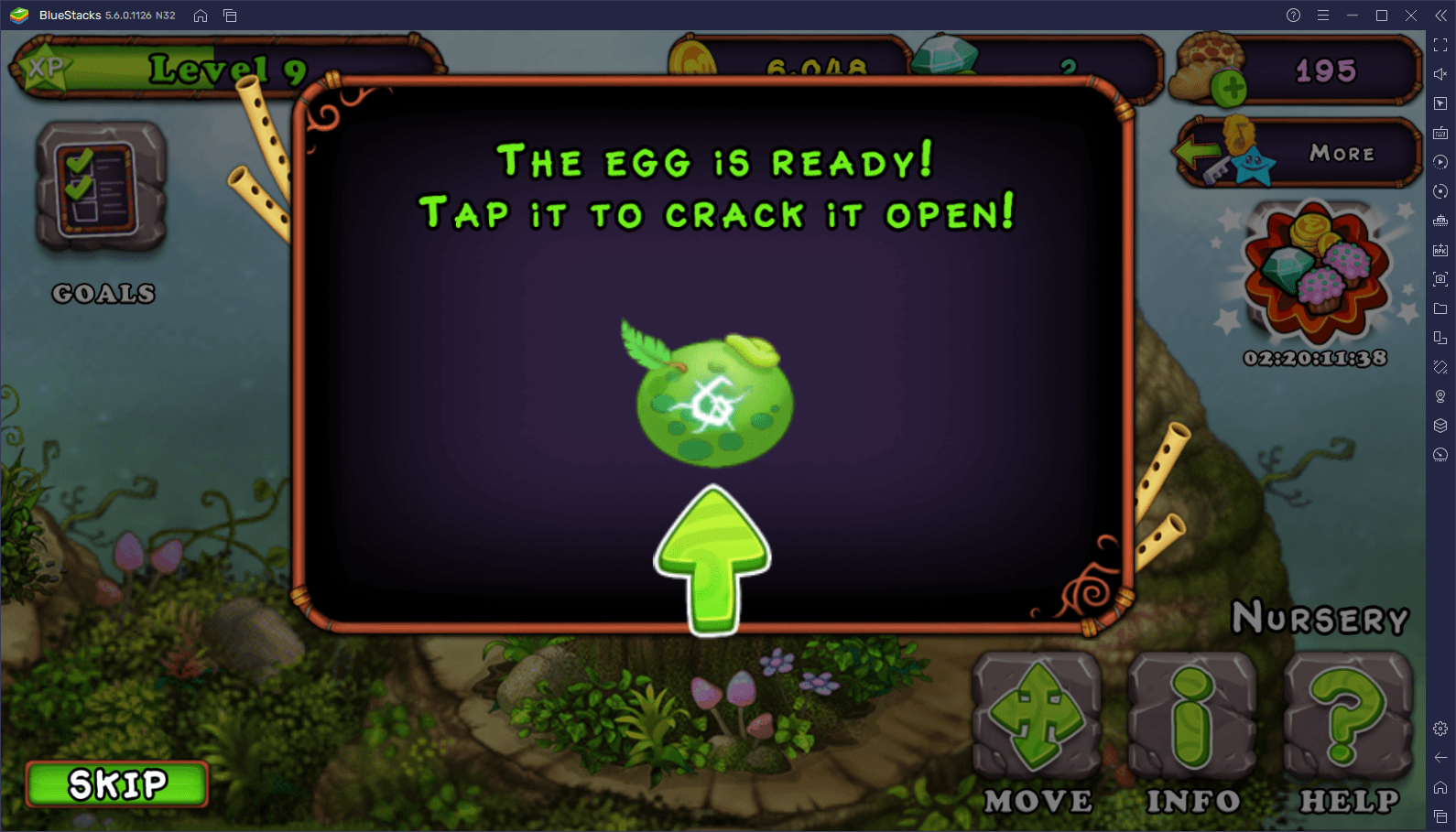
To breed monsters, however, you’ll first need to level at least two of your monsters to level 4, which is the minimum required level to breed them. You can level up monsters by feeding them treats—check out our beginner’s guide for My Singing Monsters to learn more about this and other basic mechanics of the game.
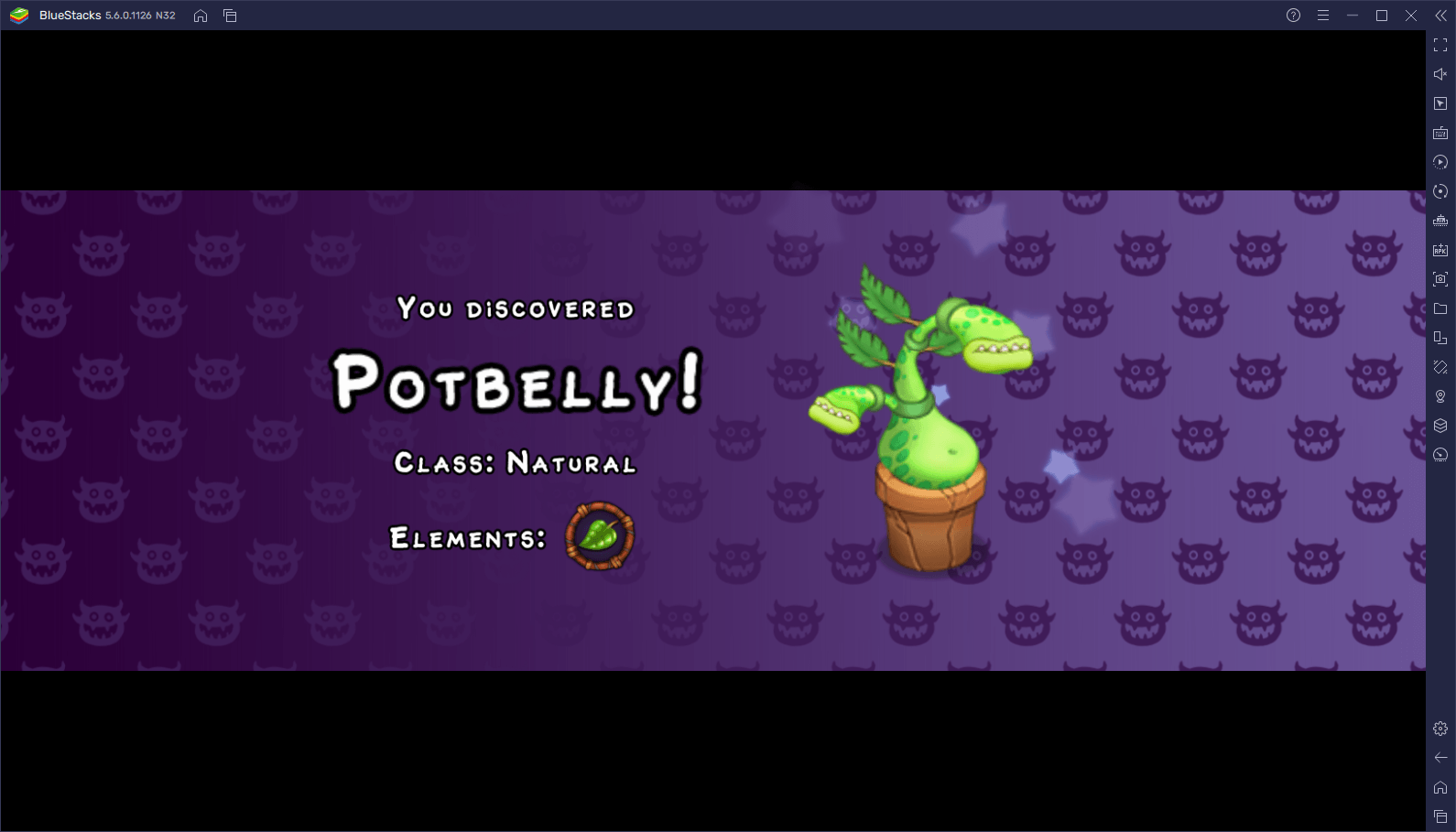
Once you have your two monsters at level 4, you can go to the Breeding Structure and click on the “Breed” button. In this new screen, you’ll find a list of your current monsters, and you’ll have to choose one as the first monster, and another as the second monster. Once selected, all you have to do is click on “Breed” and the process will begin.
Breeding and Hatching Times
After a few seconds, minutes, or hours, depending on the monsters you’re trying to breed, you will receive an egg, which you can then place in your Nursery and wait until it hatches. It goes without saying that, between breeding and hatching, and depending on the monster you get, it might take entire days before you hatch your new monster. This time can be shortened considerably by upgrading your Breeding Structure and Nursery, as well as by purchasing a skin for the latter—though as a f2p player, all you have to do is wait patiently.
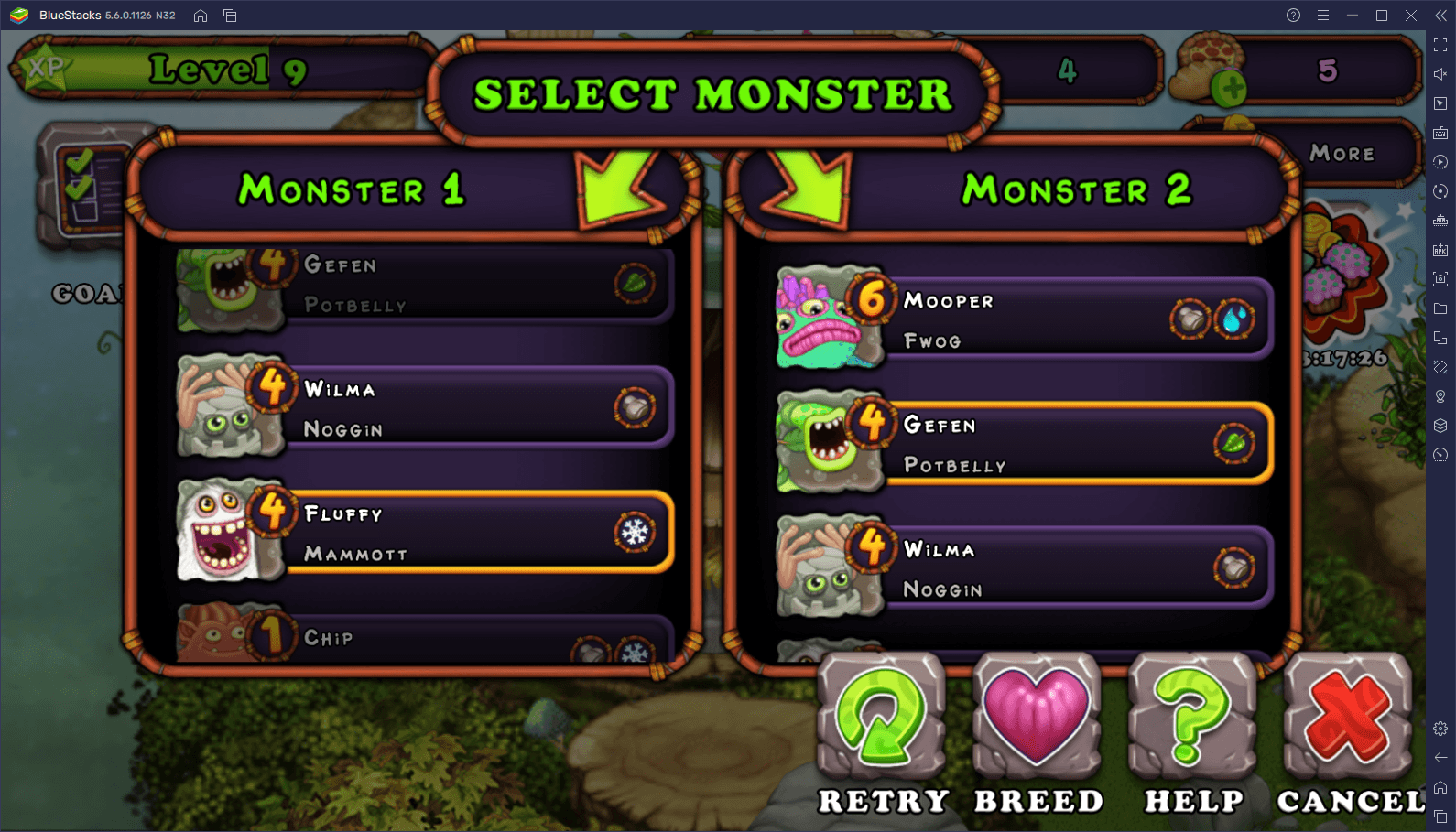
The folks at the official My Singing Monsters wiki have made a useful table with the breeding and hatching times for most combinations of monsters in the game, with both the base and upgraded versions of their respective facilities. This table is useful not only to give you an idea of how long your target monster will take to breed and hatch, but also to identify unknown monsters based on their breeding time.
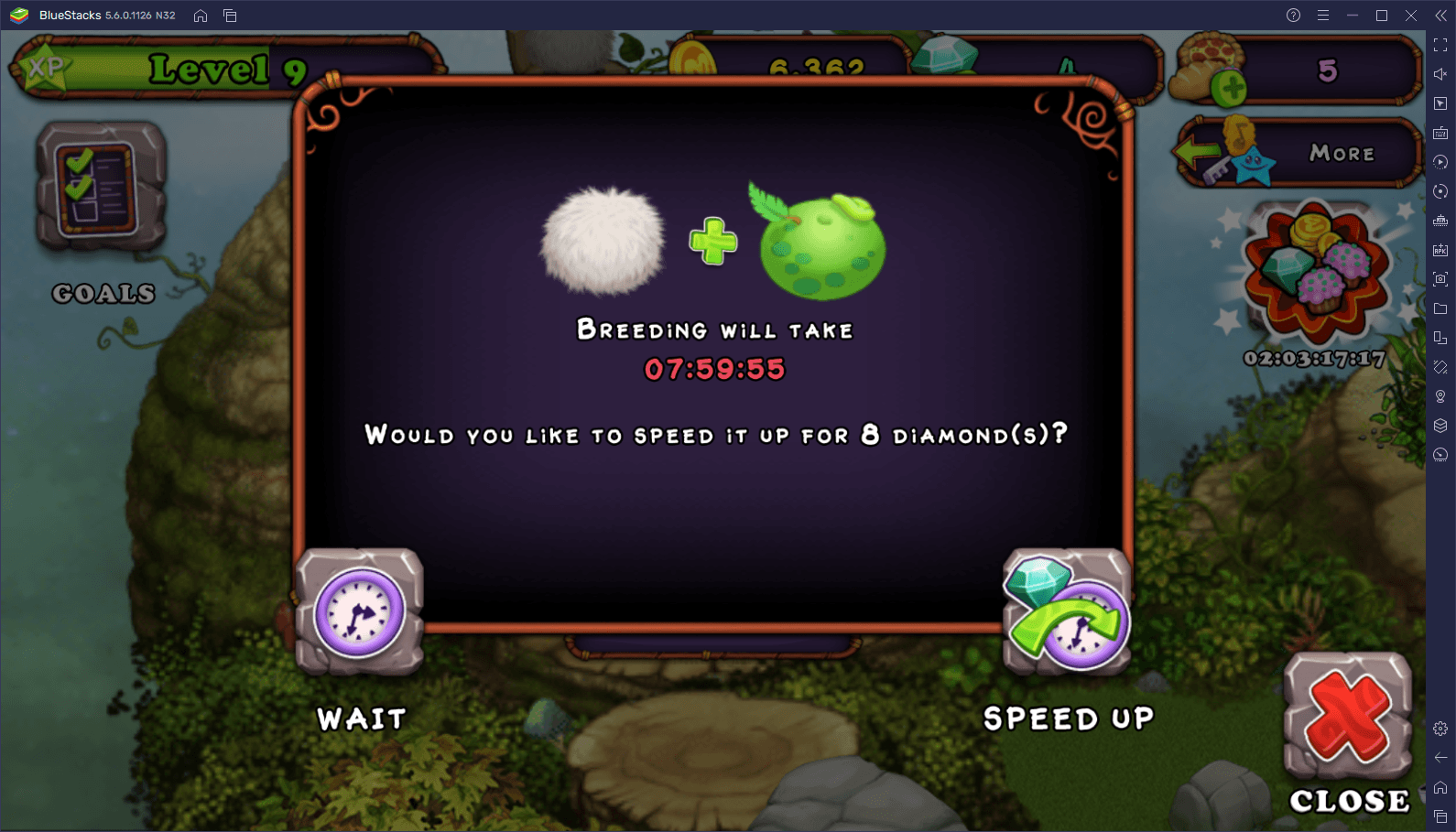
For instance, if you’re blindly combining a Mammot with a Potbelly, the breeding should take around 8 hours on a standard Breeding Structure. By checking on the table, and considering that we’re combining Plant and Cold elementals, the only resulting monster that has the same breeding duration could be Furcorn. Therefore, after 8 hours of breeding and an extra 8 hours of hatching, we should be looking at our first Furcorn smiling right back at us after emerging from its egg.
Maximizing Your Odds of Obtaining Rare Breeds
As you can see from what we’ve mentioned so far, breeding monsters in My Singing Monsters is pretty easy and straightforward, as long as you have the patience to wait for possibly days for a single monster. However, it’s important to note here that, as you level up and diversify your roster, you’ll be able to obtain monsters of two, three, and up to four elements. In this regard, the more elements the target monster has, the less likely it’ll be to result from regular breeding.
For instance, even though to get an Entbrat you must combine a T-Rox with a Potbelly, it’s not actually guaranteed that you’ll get the first when you combine these two parents. In some cases, you might get a monster of the same species as either one of the parents. To improve your odds of obtaining a new monster as a result of breeding, you must use high-level monsters as the parents. In this sense, while the minimum level to breed a monster is 4, the higher the levels of the parents, the more likely it’ll be to result in a new monster when breeding.
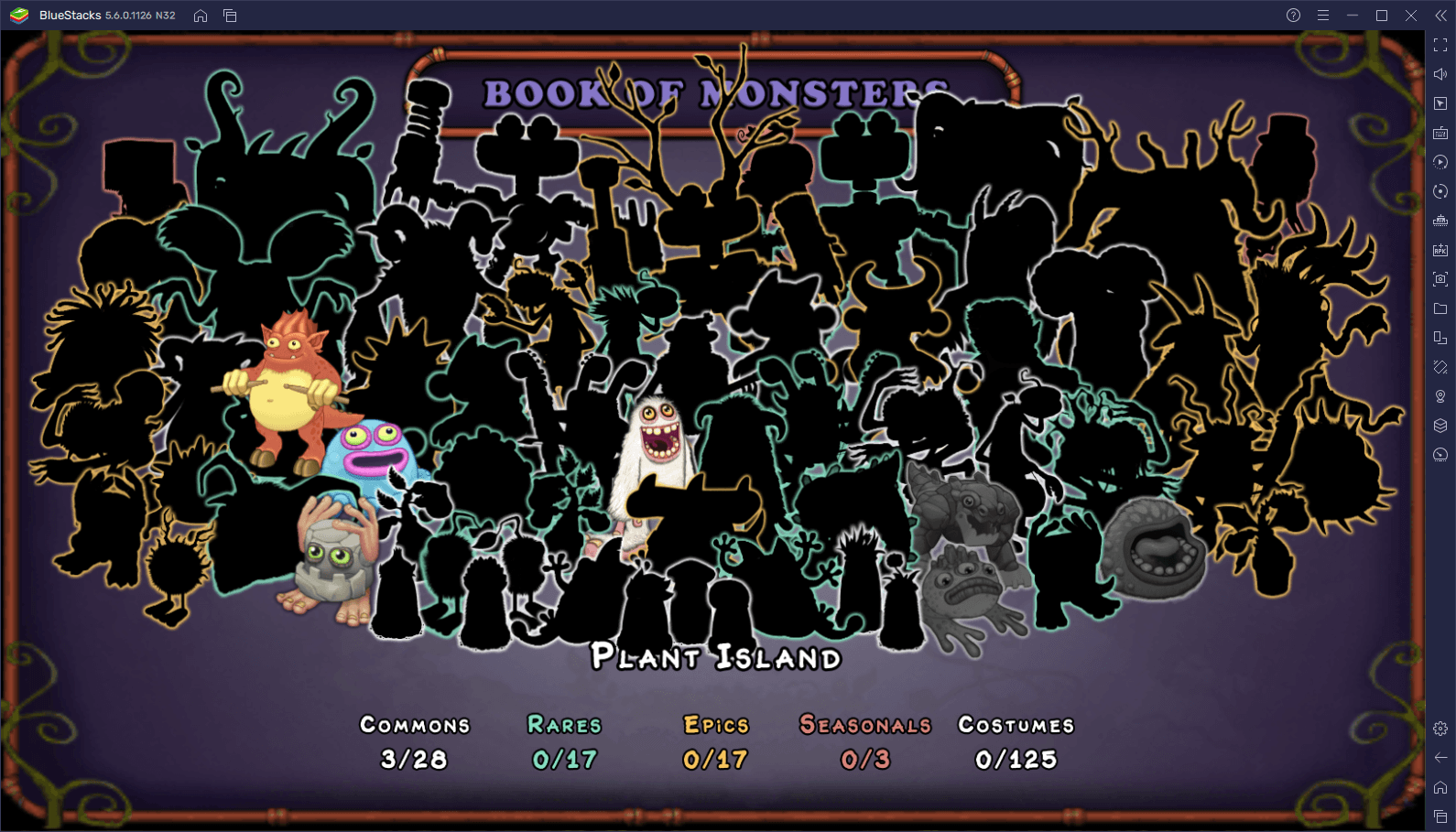
Lastly, it’s worth mentioning here that, if you’re going blind and experimenting with your own combinations, you should ALWAYS avoid combining two parents with the same elements. For example, if Parent #1 is an Ice elemental, and Parent #2 is an Ice/Plant elemental, the resulting combo will ALWAYS be a monster of the same species as either parent. In other words, always bring different elements to the table, and it’ll be more likely that you’ll get something new.
And that’s all you need to know about the Breeding System in My Singing Monsters. Though you can discover most of the different monsters through this system by going into it blindly, we recommend checking out the My Singing Monsters wiki if you want to avoid wasting any time and resources.







